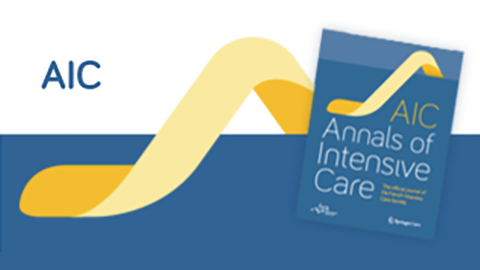14/04/2016


Source
Abstract
Background
Proportional assist ventilation+ (PAV+) delivers airway pressure ( P _aw) in proportion to patient effort ( P _mus) by using the equation of motion of the respiratory system. PAV+ calculates automatically respiratory mechanics (elastance and resistance); the work of breathing (WOB) is estimated by the ventilator. The accuracy of P _mus estimation and hence accuracy of the delivered P _aw and WOB calculation have not been assessed. This study aimed at assessing the accuracy of delivered P _aw and calculated WOB by PAV+ and examining the factors influencing this accuracyMethods
Using an active lung model with different respiratory mechanics, we compared (1) the actual delivered P _aw by the ventilator to the theoretical P _aw as defined by the equation of motion and (2) the WOB value displayed by the ventilator to the WOB measured from a Campbell diagramResults
Irrespective of respiratory mechanics and gain, the ventilator provided a P _aw approximately 25 % lower than expected. This underassistance was greatest at the beginning of the inspiration. Intrinsic PEEP (PEEPi), associated with an increase in trigger delay, was a major factor affecting PAV+ accuracy. The absolute value of total WOB displayed by the ventilator was underestimated, but the changes in WOB were accurately detected by the ventilator. Conclusion The assistance provided by PAV+ well follows P _mus but with a constant underassistance. This is associated with an underestimation by the ventilator of the WOB. PEEPi can be a major factor contributing to PAV+ inaccuracy. Clinical recommendations should include using a high trigger sensitivity and a careful PEEP titration.Liens article
©2016 Beloncle et al.